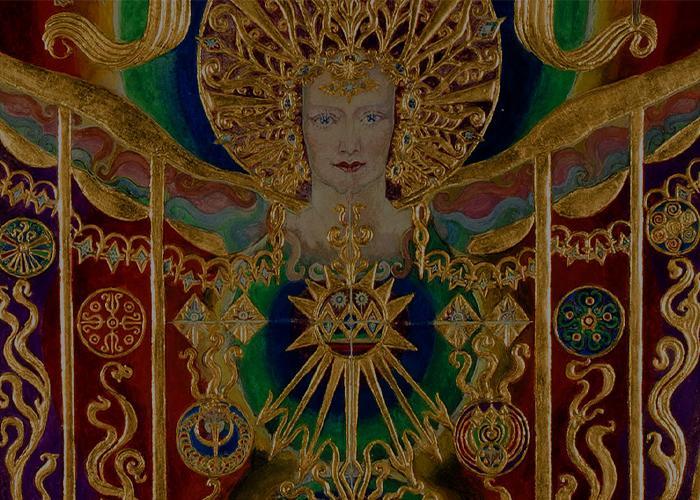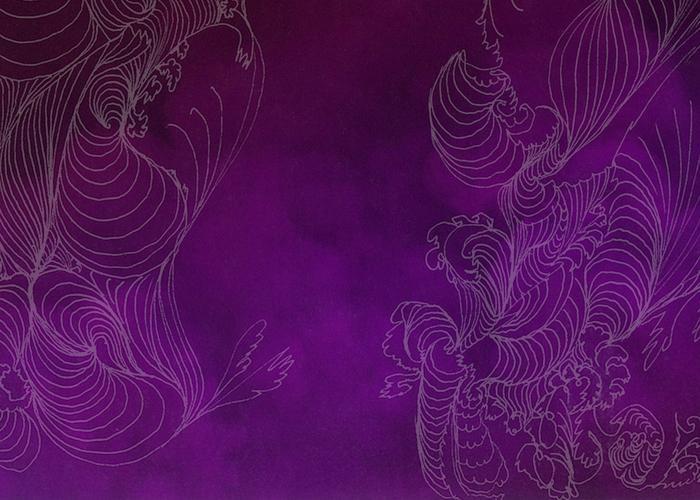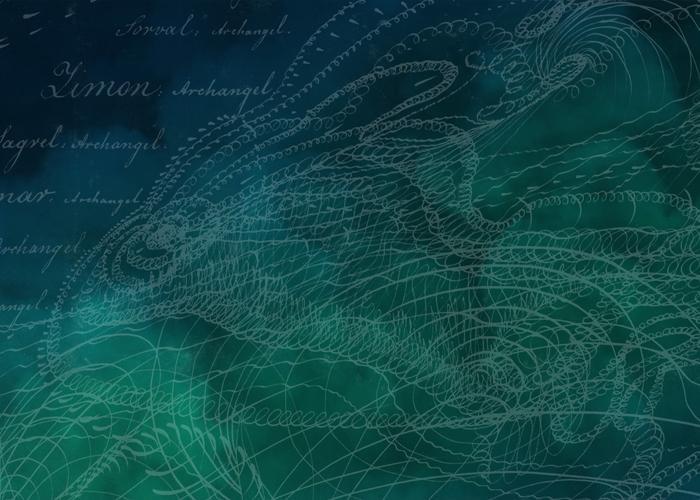Many of us have felt the presence of a ghost, whether through a drop in temperature, a strange sound, or a feeling of something present in the room. Some of us have even seen a ghost; a shadowy figure or a quick glimpse in our peripheral vision. Visitors to The College of Psychic Studies often comment on a benevolent energy that seems to do the rounds of our building, and many of our staff members have their own ghost stories. But how do we know whether something's a ghost or a figment of our imagination? What does a ghost look like? Why do some people see ghosts and others not? And why are ghosts found in graveyards? We consider these questions and more...
What is a ghost?
A ghost is an energy field or earthbound entity. It is a deceased human being that inhabits the etheric world in a lower astral body. It hovers close to the earth plane instead of going to its new expression of life, and makes its presence known in various ways. This ghost or energy field is felt periodically in the same area. It may bring a drop in temperature with its presence. It can be perceived clairaudiently - or even audiently - by its activity and movements. It may also be perceived clairvoyantly as a transparent human-like mass, moving very slowly.

What does a ghost look like?
We have long attempted to capture through art that most ephemeral of beings: the ghost. Descriptions of what ghosts look like vary widely across time, space and cultures, as historian Susan Owens points out in her wonderful book, The Ghost (Tate, 2017), a copy of which is in the College library. How we perceive ghosts is dependent on many factors, including our education around what ghosts are supposed to look like. Seeing a ghost is often very subjective. We tend to see ghosts clairvoyantly, through the psychic senses, so the ghost's appearance may be interpreted slightly differently by each of us. When those who have reported seeing a ghost are asked what the ghost looked like, they offer a variety of descriptions. Some common appearances of ghosts are described below...

Apparitions: Some say their ghost looked like a human figure, or at least it had a human shape or presence. These human-shaped apparitions are often described as translucent or semi-transparent. They have a misty, smoky, shadowy or ethereal quality. They may look like complete figures or appear as faint outlines. The ghost may wear clothing from a specific time period or appear in a more contemporary fashions. However, not all ghosts look like human figures. Some report seeing non-human entities, such as animals or strange, indistinct shapes.
Orbs and light anomalies: In photographs and videos, some of us capture orbs or light anomalies that many associate with ghosts. In these cases, the spirit, angel or ghost looks like spherical or circular shapes of light that appear to be floating or moving. There are many schools of thought on what these orbs might be - keep an open mind.
Full-body or partial manifestations: When someone sees a ghost, they might see a full-body apparition or they may perceive a partial manifestation. Some report seeing only a ghost's face or upper body, while others see a complete figure. It depends on the ghost, and on the person looking at the ghost!
So, what does a ghost look like? There's no singular answer. How each of us sees ghosts and spirits is dependent on our experience, culture, spiritual education, and so much more. If you would like to explore how to sense deeper into the Spirit world, join an online course at The College of Psychic Studies.
Why are there ghosts in graveyards?
If there is one place we traditionally expect to encounter a ghost, it's in a graveyard! Why would that be? The deceased has probably never even been in this place! Human-looking ghosts seen around graveyards are caused by the astral shell of a newly buried person or an astral projection of a friend of the newly buried person. The graveyard ghost can also be caused by a materialised thought-form of grievers paying respects to the deceased, with these grief thoughts hovering close to earth.
Are there different kinds of ghost?
There are two reasons a ghost exists. They are either a confused soul-mind (a phrase coined by June Bletzer PhD) or an astral shell. Here is the difference between the two:
A confused soul-mind is a discarnate entity floating in the etheric world. It is dazed and puzzled, held earthbound by an emotional tie from the past incarnation that they do not understand; or a belief that they are not dead because of former education that misinformed them about the etheric world; or mourners who do not stop thinking and talking about them. This kind of ghost receives energy from an environment - a room or specific furniture - that holds emotional ties regarding their past life. This ghost performs in an area that relates to their earth life.
An astral shell is a ghost that looks like a human, held together by the memory of earthly desires of the soul-mind that just left it. These earthly desires are so strongly embedded within the shell that it holds its human-like form for a long time. The astral shell floats close to earth and uses energy from psychics to make its presence known.
Why does someone become a ghost?
We don't see all our ancestors and loved ones show up as ghosts. That's because not all those who pass on become ghosts. So why do some people and not others stay with us? There are three main reasons:
- The first is that the individual does not realise they have died. They try to continue living with their family, unaware that they cannot be seen.
- The second is that the individual's earthly habits are so crystallised in their subconscious mind that they try to relive the same earthly pleasures of their mundane life. They haunt the earth and those people who share the habits that they are trying to relive - for example smoking cigarettes.
- The third reason someone becomes a ghost is that their loved ones and earthly people continue to mourn them. These emotional mourning thought patterns hold the deceased person to earth. The most loving thing we can do to support those who pass on is to allow them to leave the earthly plane, as difficult as that may be. It's important to seek grief counselling to support this process.
What's the difference between a ghost and a poltergeist?
A poltergeist is a noisy, playful, quick-moving discarnate soul-mind from the etheric world who manipulates physical objects in unexplainable feats. They defy all laws of gravity. If objects are moving across the room of their own accord, that's likely a poltergeist in action. This entity is difficult to perceive clairvoyantly but their presence can be felt. They desire attention and they want their ego be fed! The poltergeist displays their presence by doing mischievous, boisterous and sometimes harmful acts, or sometimes playful, kind acts. Poltergeists are usually immature in attitude and can be dealt with as one deals with a school child!
Is it a person or a place that's haunted?
There's often that one neglected house in a neighbourhood that's known as a haunted house. But can people be haunted too? Yes! There are two types of hauntings - environmental and personal. Here's the difference:
Environmental haunting is when a particular place or object is impregnated with either ecstatic, joyful emotions or disturbed, unpleasant emotions from a former incarnation of one individual or several people. The residue of these emotions in this area brings disturbances and interferences to living people. Because of an event's highly emotional content, it lingers on and is played repeatedly, coming through audibly or visibly to sensitive people. It allows the deceased entity to re-enact fragments of the scene to get a better understanding of the incident or to become thrilled again from the memory. This entity holds themself earthbound through these emotions. An example of environmental haunting is when living relatives and friends grieve so emotionally and frequently that they hold the deceased entity to an area.
Personal haunting is when a living being with consistent negative thought patterns or unhelpful materialistic desires can draw to themself an etheric world entity of like desires. This entity is keen to recapture the memory of past worldly habits. The deceased entity attaches themself to the living for short periods, encouraging the habit eg an inward impression to have another cigarette comes through to the living person from the inferior earthbound entity who enjoyed cigarettes while alive.
Information extracted from the Donning International Encyclopedic Psychic Dictionary by June Bletzer PhD.
See what's on at The College of Psychic Studies:

Join our newsletter for updates on our psychic development courses.




